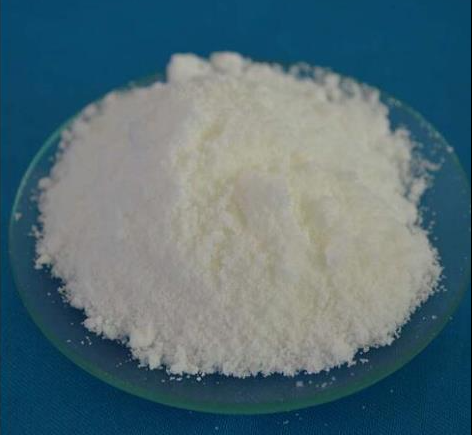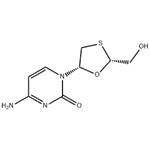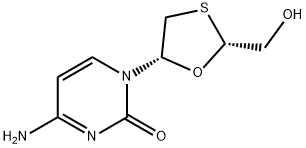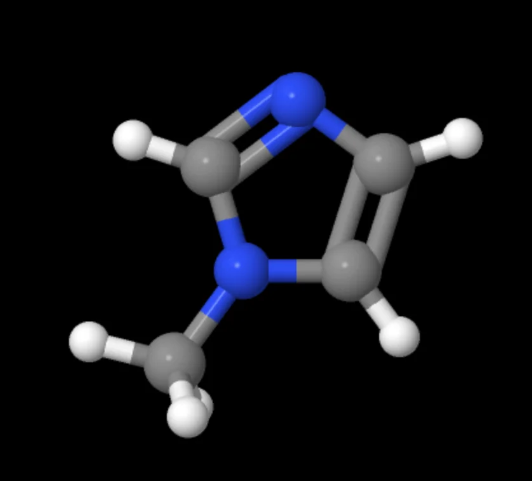Lamivudine: A Comprehensive Overview
Lamivudine is a prescription nucleoside reverse transcriptase inhibitor (NRTI) that is used in combination with other drugs as antiviral treatment for human immunodeficiency virus type-1 (HIV-1) and as a monotherapy for hepatitis B virus (HBV).[1]

Uses
Lamivudine is a prescription nucleoside reverse transcriptase inhibitor (NRTI) that is used in combination with other drugs as antiviral treatment for human immunodeficiency virus type-1 (HIV-1) and as a monotherapy for hepatitis B virus (HBV).
Mechanism of Action
Lamivudine is a dideoxynucleoside cytosine analog that inhibits viral DNA synthesis via reverse transcriptase DNA chain termination post phosphorylation. Once inside the cell, lamivudine, 2'-deoxy-3'-thiacytidine, is metabolized to the triphosphate form, lamivudine triphosphate (abbreviated as 3TC-TP or L-TP), and the monophosphate form, lamivudine monophosphate (abbreviated as 3TC-MP or L-MP), during intracellular kinase phosphorylation. Both forms, L-TP and L-MP, inhibit viral DNA synthesis. Lamivudine is advantageous as an antiviral drug because it is primarily not recognized by human polymerase as a substrate.
Side effects
Minor side effects may include nausea, fatigue, headaches, diarrhea, cough and nasal congestion.
Do not prescribe lamivudine/zidovudine, abacavir/lamivudine, or abacavir/lamivudine/zidovudine to patients taking emtricitabine.
Long-term use of lamivudine can trigger a resistant hepatitis B virus (YMDD) mutant.
References:
[1] A ROUSSOS. Lamivudine treatment for acute severe hepatitis B: report of a case and review of the literature.[J]. Acta gastro-enterologica Belgica, 2008, 71 1.[2] A ROUSSOS. Lamivudine treatment for acute severe hepatitis B: report of a case and review of the literature.[J]. Acta gastro-enterologica Belgica, 2008, 71 1.
You may like
Related articles And Qustion
See also
Lastest Price from Lamivudine manufacturers

US $0.00/kg2025-11-27
- CAS:
- 134678-17-4
- Min. Order:
- 1kg
- Purity:
- 98%
- Supply Ability:
- Customise

US $0.00-0.00/Kg/Drum2025-04-21
- CAS:
- 134678-17-4
- Min. Order:
- 1KG
- Purity:
- 98%min
- Supply Ability:
- 500kg



